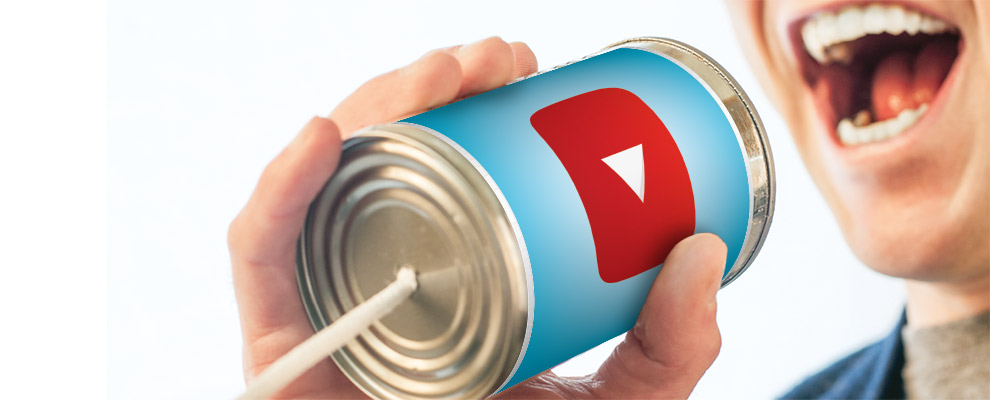When I was in the sixth grade, Greg Hession was the ‘guy’. And for the life of me I couldn’t figure out why. He had that ‘blonde hair/blue eye’ thing going on, I’ll give him that. But Robert Moerhing in the SEVENTH grade really knew how to work that angle (but that’s another story) Yet, all the girls in my class drooled over Greg. I just scratched my head. He wasn’t overtly athletic. A solid B+ kid as was I at the time. Polite, respectful, but nothing that would make you stop dead in your tracks or cause you to burst into giggles if he looked your way. Which seemed to be the immediate response from every 12-year-old, Catholic school girl around me. Until one day when Mrs. Wheeler rearranged the seating order, and I ended up sitting next to Greg. And in two short weeks, that boy and I got busted for laughing too much in class. (Do realize up till that moment, I had NEVER gotten in trouble at school). What I didn’t know about Greg was that he had the most wicked sense of humor of anyone I had ever met, and I could match him jab per jab. We had made a connection. Recess, math, Jim Froliech’s sneezes, first Friday mass – nothing was immune from our adolescent buffoonery. We clicked.
I had a similar experience with video marketing. Currently, It’s the ‘guy’ in the marketing world, and this time I wanted to figure out why. I wasn’t going to miss out on another “Greg Hession.” Six grade would have been really boring without him. Let’s start with who is driving this wave of interest; in 2017, millennials and Generation Z (born between 1980-2000) are becoming the largest population in U.S. history, and this group communicates and socializes via ‘image’ more than any other demographic since the dawn of the internet. And they are poised to outspend Baby Boomers because they are starting to come into their own as adults with disposable income. Video is king for their world: fast, furious and fascinating. With the rise of YouTube, Facebook, SnapChat, Instagram and Pinterest (and the decline of TV – who’s watching regular television anymore?) brands have the potential of reaching over 1 billion people via video – that’s a third of internet users! YouTube garners 167 million people a month due to this group’s digital video on demand preference, and their propensity for binge watching. Then you throw in Mobile users who are spending 40 minutes of EVERY day on their devices. That’s world domination at lightening speed.
Next, let’s move on to the “why video?” Despite our massive advancements in technology and communication, humans still long for connection, even if it’s via video. Millennials and GenZ must be connected to everyone around them (friends, family, rock stars, etc.) BUT they have extremely short attention spans due to being multi-device users. They are jumping from site to site on social media so if you want to hold their attention, you better have a solid pitch. The catch phrase, “Entertain me,” never held such power as it does today. This demographic prefers their marketing to be honest, authentic and definitely NOT pushy. Entertain them. Engage them and above all help them solve a problem or answer a question in 30-60 seconds without making them watch a traditional TV commercial or worse … an infomercial (that is so 2006). And that is why YouTube LIVE videos have grown by 80% in the last 2 years, and LIVE streams in general has increased across all social platforms by 130%. This demographic LOVES videos. 200 million people in the U.S. watch video content. Brands pay attention here: 80% of this demographic uses videos to decide what to purchase. So if you want to reach this age bracket, it’s essential to use video to influence these consumers or at the very least introduce them to your brand.
So what should brands do? Invest in online video ads because….and I’ll repeat what I wrote above…80% of millennials watch digital media when researching a buying decision. They read reviews. They are watching company videos. AFTER watching a sponsored video about a service or a product, 40% of theses consumers end up visiting the brand site to get more information. Online videos are driving 55% more traffic to sites than those without. With a video, brands have the potential to nearly double the number of people who will find their product’s website. DOUBLE. And if brands are even considering the global impact of video, 80% of YouTube video views come from outside the United States. (YouTube reaches 88 countries and is delivered in 76 languages). Blows your mind, doesn’t it?
A vast majority of companies are riding this video wave to the tune of $10 billion in 2016. And this ‘spend’ is estimated to increase to $17 billion in 2020. With 30% of adults (ages 18-54) using a mobile devices to watch online videos at home or with friends, 70% of brands are launching YouTube video ads in the coming year. And what’s the sweet spot for these videos: well according to eMarketer, 30-60 seconds. At this length, 50% of consumers will finish watching the video. It’s true what they say, “I can help you…in a minute”. And if a brand utilizes an Influencer, viewership spikes significantly and increases the impact on a business’ success and branding. Listen up: YouTube is not only attracting but it’s maintaining a steady audience.
Back to the sixth grade: Once I realized that Greg Hession could make me laugh, keep me captivated, and push me to defy Mrs. Wheeler, I was hooked. He influenced my actions, my thoughts, and altered my social standing among my classmates. Mary Francis Miller never spoke to me again (she had a massive crush on the guy), and I was the envy of all my friends. I wonder where Greg ended up, and how well he would have done on YouTube?


